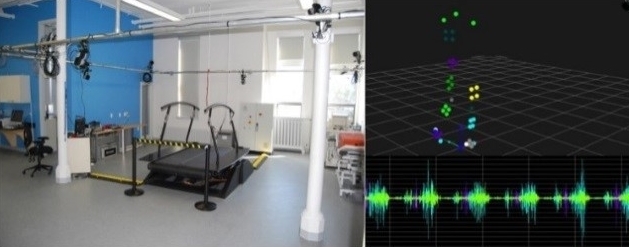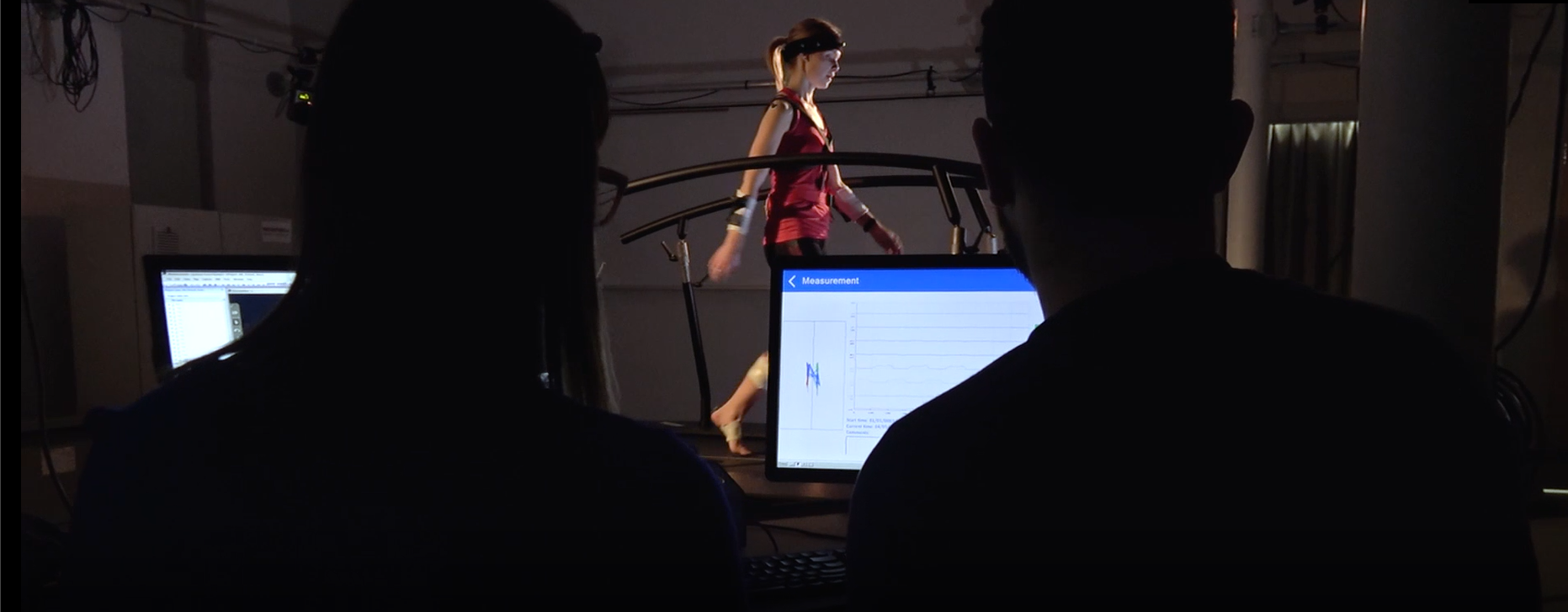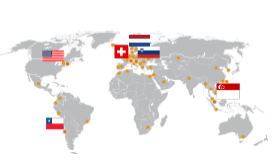Derek Rutherford
Joint Action Research Laboratory, School of Physiotherapy, Dalhousie University, Halifax Nova Scotia, Canada
How would you respond if you were moving along and an unexpected challenge occurred? Perhaps you would be thrown off balance? Maybe your knee would give way?
These actions require a pinpoint response of your muscles and joints to ensure continued movement and fall prevention. To our knowledge, Motek offers the only possibilities for testing these questions and offering capacity for dynamic perturbation research and controlled challenges in a dedicated instrumented environment.

Here at the Joint Action Research (JAR) Laboratory in the School of Physiotherapy, our focus has been on challenging individuals during otherwise routine lower extremity movement tasks while monitoring their response in the musculoskeletal system through motion capture and electromyography. Physical challenges are at the heart of the physiotherapy profession and this novel research environment provides not only a unique research infrastructure but a training ground for the future of physiotherapy. We would like to share elements of our work to date in these areas.

Lower extremity joint injuries and disease create significant burden on individuals of all ages and many health care systems around the world. Ultimately, reduced function and various levels of discomfort ensue, dependent on the severity of the insult and the nature of the management. Using tools to measure the musculoskeletal system and understand the impact of an impairment to this system on activity limitations an individual reports, lacks in comparison to other body system monitoring and evaluation protocols such as heart, lung and brain function testing. We believe that technology exists, through Motek, to develop stress-testing protocols for the lower extremity musculoskeletal system for the future.
Over the past five years, research in the JAR lab has used the Motek M-Gait (also known as the R-Mill Treadmill), in combination with optical motion capture and electromyography to better understand how individuals with knee and hip osteoarthritis as well as older adults; 1) ambulate on an dual belt instrumented treadmill and 2) respond to systematic medial and lateral walk way surface translations timed perfectly to occur during mid-stance (the period of gait when only one foot is on the ground). We have also begun understanding the relationships between knee and hip mechanics and electromyography between those with knee and hip osteoarthritis. More recently, younger adults in comparison to those with femoroacetabular impingement syndrome have been compared during level ground walking. Publications can be found at this link.
When we reviewed the literature we found a significant lack of information available to understand how individuals ambulate on a dual belt instrumented treadmill when considering joint motions, moments and electromyography. The instrumented nature of the M-Gait treadmill provided us with ability to conduct fully instrumented gait analysis in an area that is a fraction of what would be required for over-ground assessments. The benefit of our M-Gait; we can get people to walk up hill, downhill and experience the aforementioned sway perturbations at the click of a button.
Where will the future take us? We are going to continue working on gait perturbation research, looking at stability demands of the lower extremity during movement. We are also working on creating the environment for testing greater stress during walking on the hip joint in those with femoroacetabular impingement syndrome. The thought of using the M-Gait, not only as a gait assessment tool for perturbation research, but also as a movable platform for testing landing mechanics or standing balance perturbations has been considered. Just as we have stress tests for heart and lung function, would it not be advantageous to have these tests developed for lower extremity injury and disease evaluation? We believe that the instrumentation provided by Motek takes us one step closer to making this a reality.
About us
The School of Physiotherapy at Dalhousie University, is Atlantic Canada’s only Physiotherapy School. Our Mission is to educate physiotherapists and scholars who excel; inspire through research and discovery that advances knowledge and practice; and improve the health and wellness of the diverse communities we serve, through collaboration and innovation. Through many programming options, our students study in areas of musculoskeletal health, neuroscience, exercise physiology, cardiopulmonary and physical activity across many populations, injury and disease states. For more information on our School please visit (https://www.dal.ca/faculty/health/school-of-physiotherapy.html). For more information on the Joint Action Research Laboratory, please visit ( https://rutherfordnews.wordpress.com/jar-lab/ )


